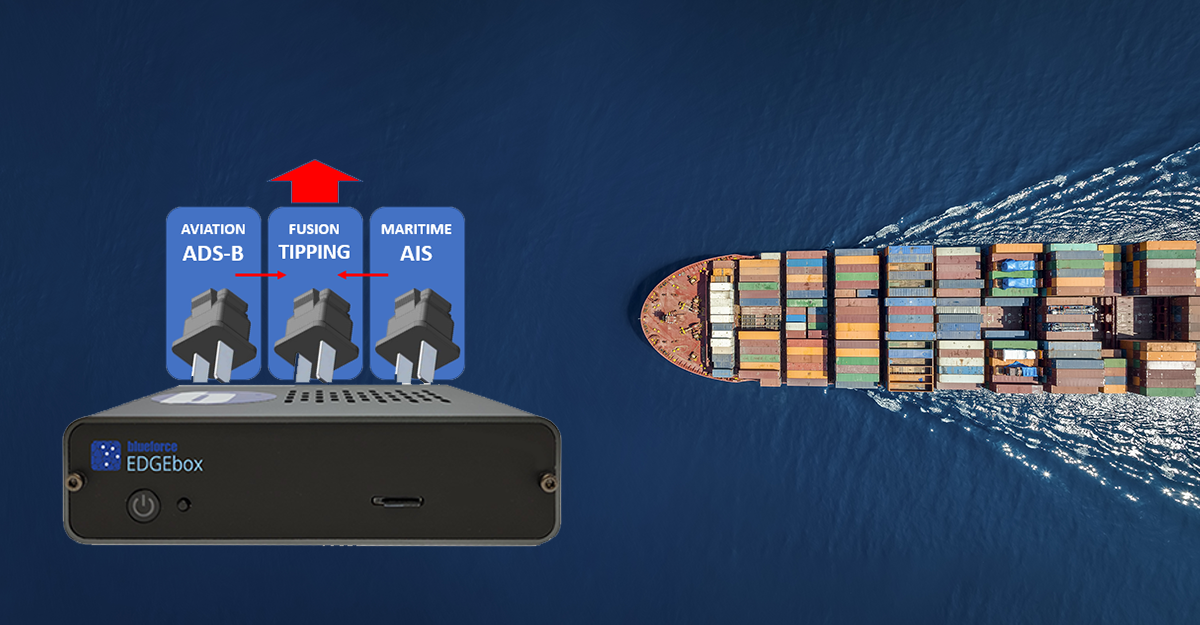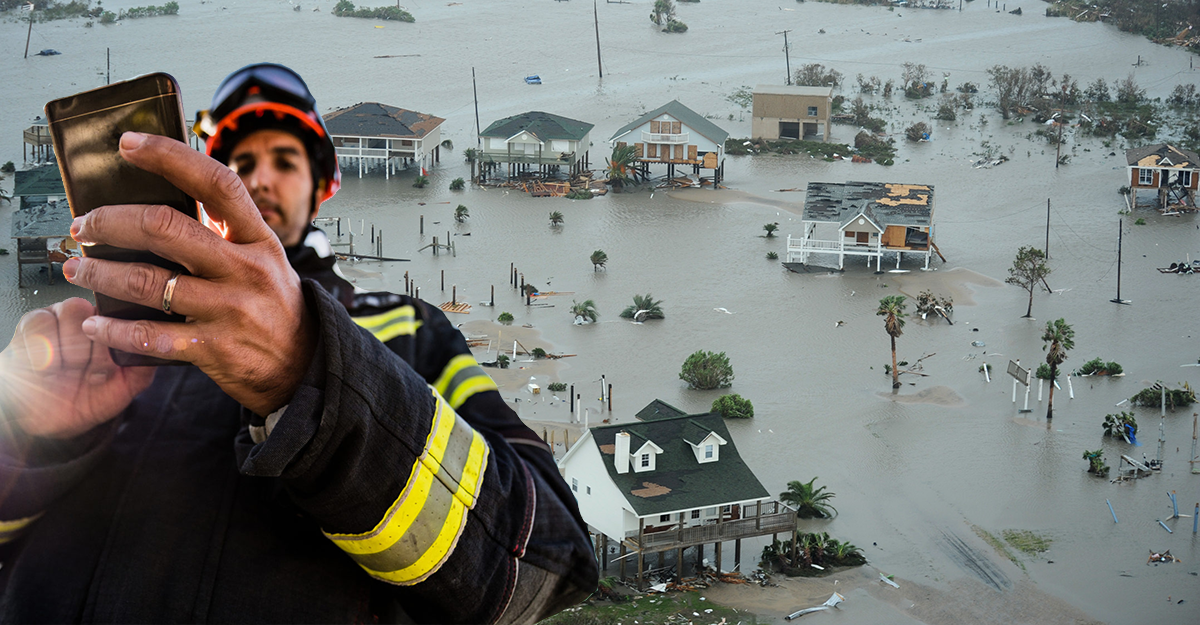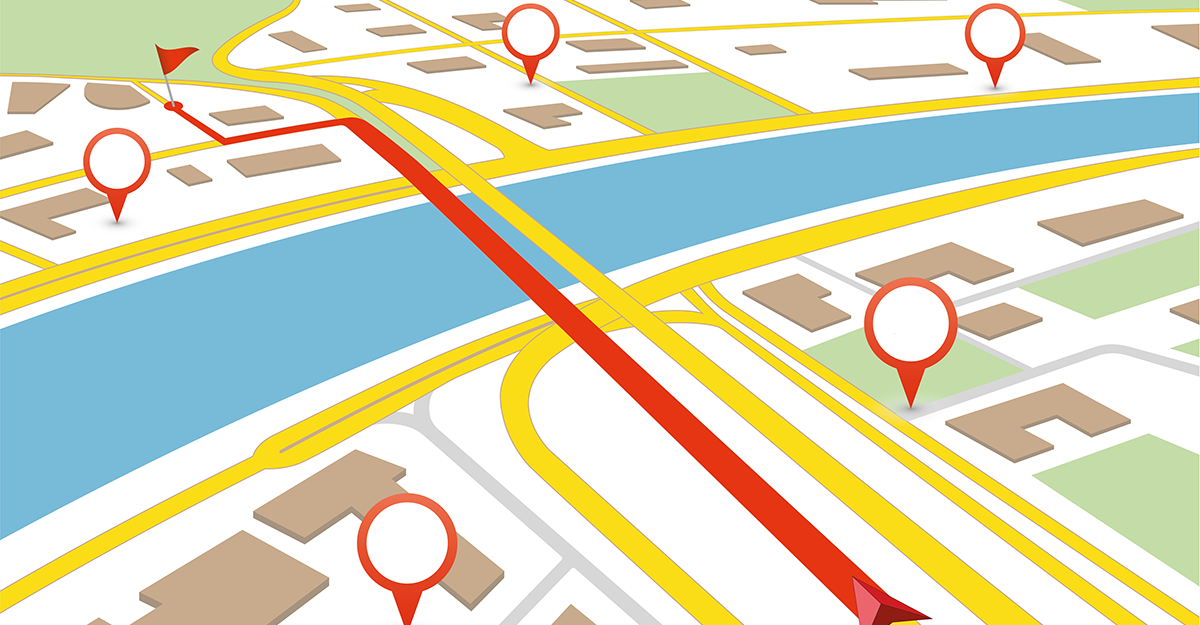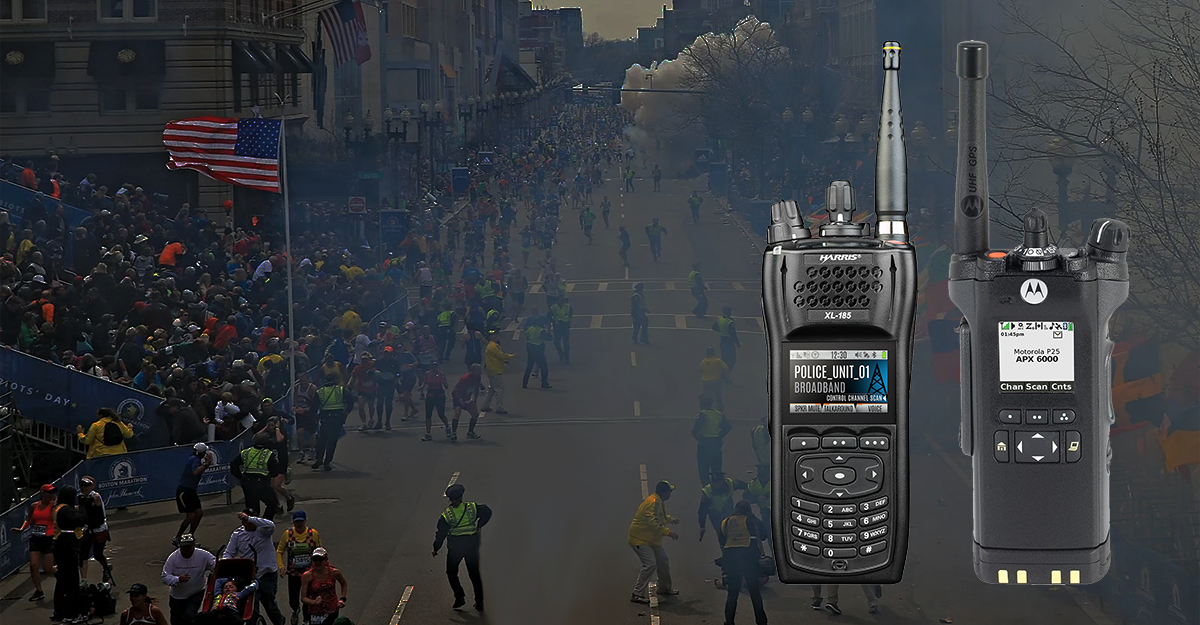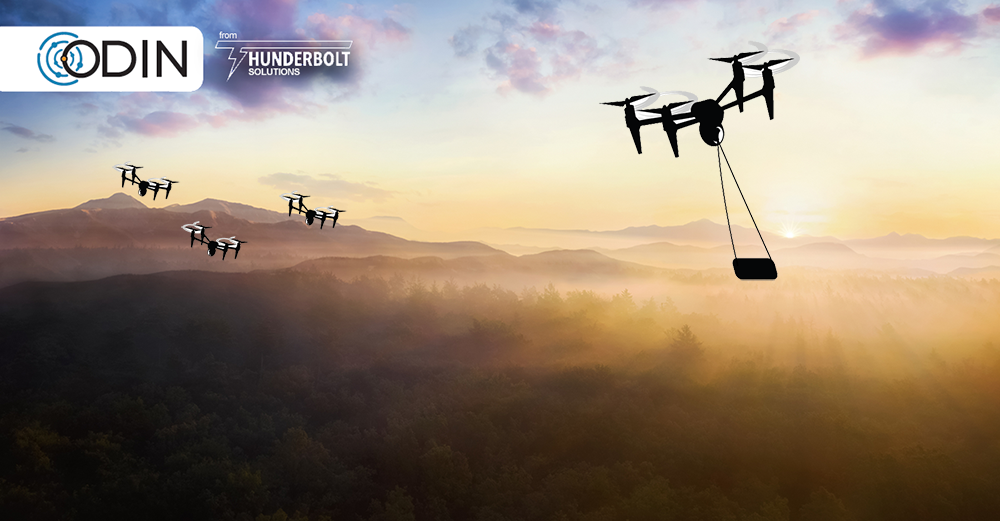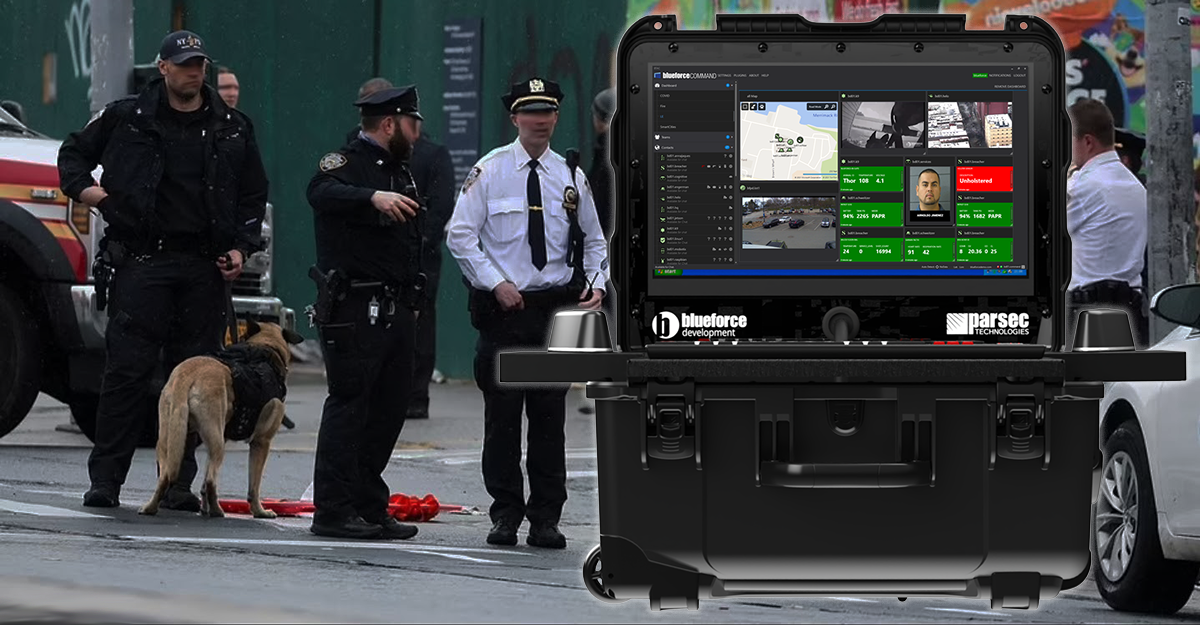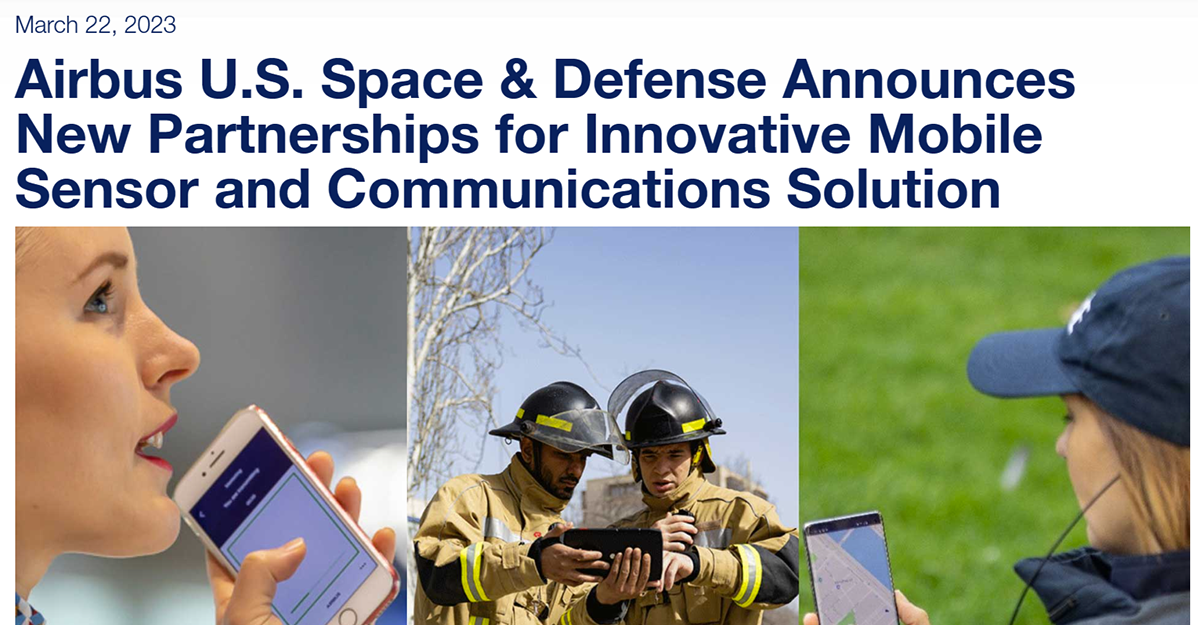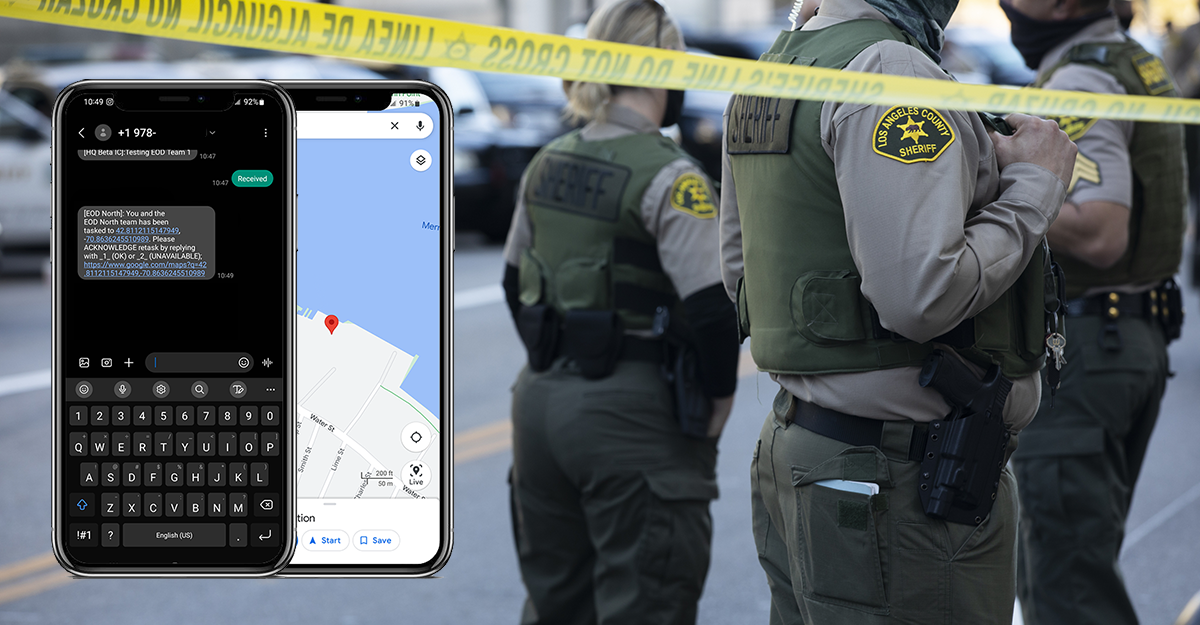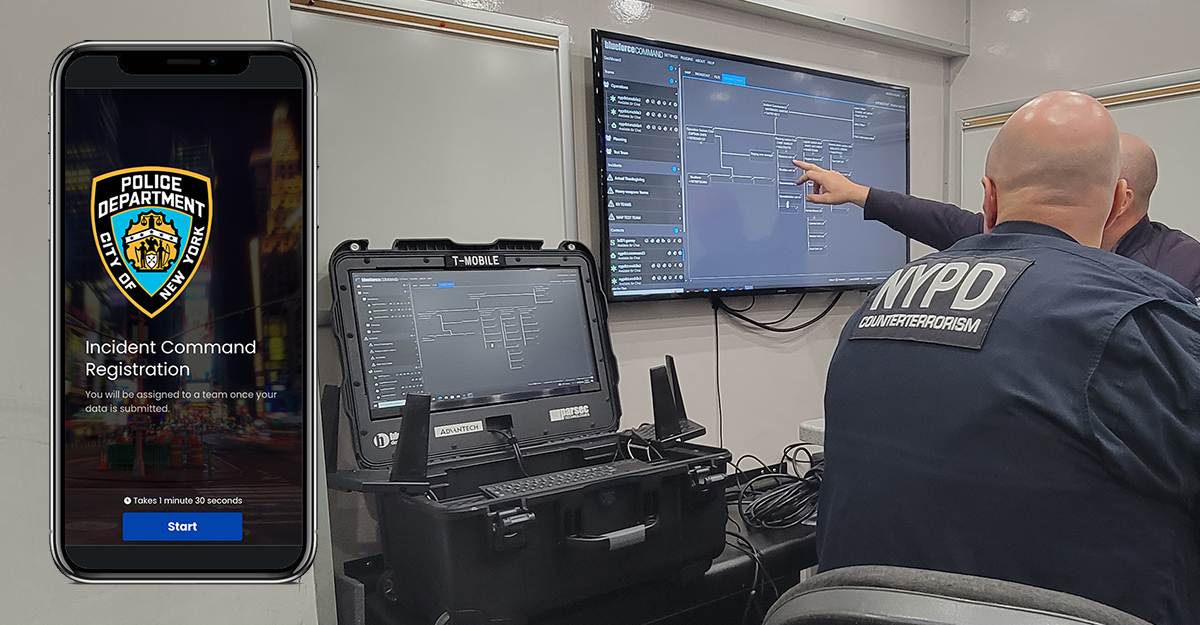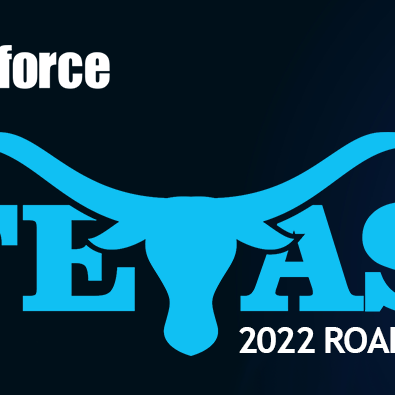Apparatus Tracking Plugins for BlueforceEDGE
Complex emergency management is fundamentally a lesson in organized chaos where accountability is a core foundational element of shared situational awareness. Knowing where to find what you need can be as chaotic given that response assets — the vehicles, equipment, autonomous platforms — are rarely in one place and scattered throughout an area of operation. Asset inventory coupled with resources and capability on a “single...
Read More

